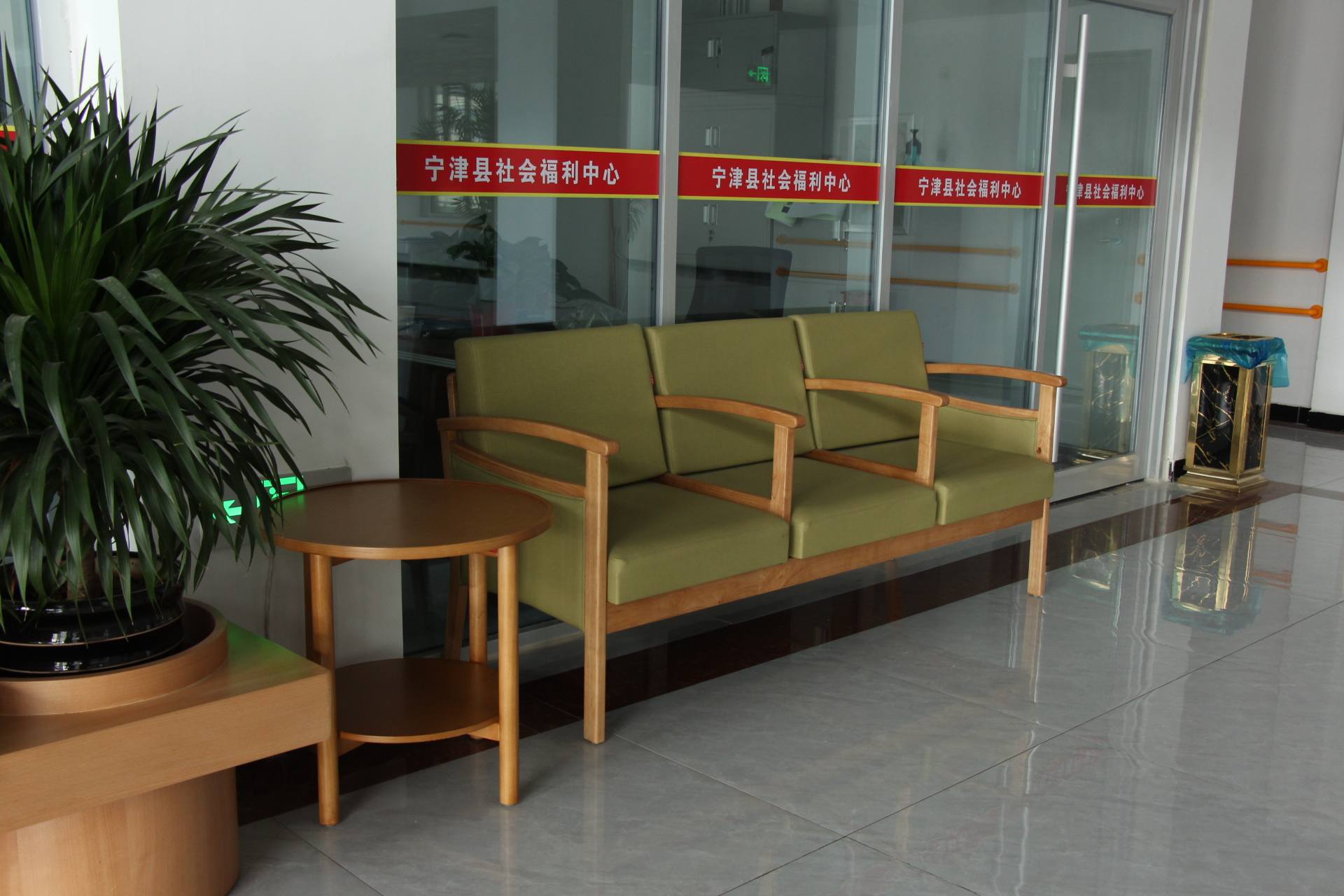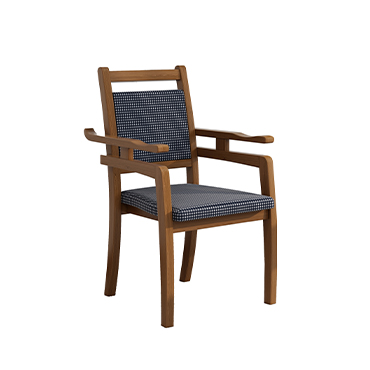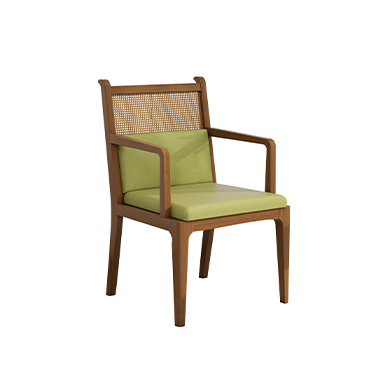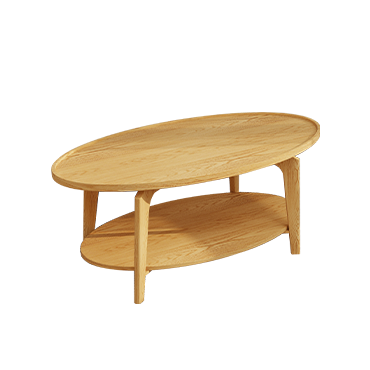Elderly Home Safety & Comfort: A Complete Guide
As we age, both men and women face changes in physical strength, chronic health conditions, lifestyle habits, and mental well-being. One of the most significant risks is the loss of muscle strength, which increases the likelihood of falls:
Ages 65+: 3 out of 10 seniors may experience a fall.
Ages 80+: 4 out of 10 seniors may experience a fall.
Seniors who have fallen once have over a 50% chance of falling again within a year. Among them, 50% may sustain injuries, 10% may suffer serious injuries, and 1% may experience hip fractures.
Most falls occur in the bathroom, followed by the kitchen and bedroom. Falls can result in fractures, surgeries, prolonged recovery, and complications from extended bed rest, significantly affecting quality of life and mental health.
Creating a senior-friendly home environment is essential, whether downsizing, aging in place, relocating to a new community, or living with family. Proper home design can help seniors maintain independence while reducing caregiver burden.
1.Bathroom Safety & Accessibility
Anti-Slip & Support
Install grab bars near showers, bathtubs, and toilets.
Use anti-slip floor tiles or mats.
Add non-slip bath seats or shower chairs for safer bathing.
Barrier-Free Design
Convert showers to no-step or sliding door designs for easy access.
Adjustable handheld shower heads with temperature control prevent burns.
Emergency Measures
Avoid locks that can trap seniors inside.
Install emergency call buttons or waterproof wireless alarms.
2.Kitchen Safety & Convenience
Protection Measures
Anti-slip flooring to prevent falls from spills.
Use induction or electric stoves to avoid open flames.
Equip kitchens with emergency buttons, smoke detectors, or automatic fire extinguishers.
Convenient Layout
Streamline work zones to reduce walking between cooking, prep, and sink areas.
Store frequently used items at accessible heights.
Use pull-out drawers and rotating shelves for easier access.
Smart Devices
Timed ovens, microwaves, and temperature-controlled kettles.
Motion-sensor lights for nighttime safety and cabinet illumination.
3.Home Layout & Living Spaces
Clutter-Free & Accessible
Wide pathways for wheelchairs or walkers, remove unnecessary thresholds.
Gentle ramps instead of stairs for mobility.
Organized storage and easy cleaning to prevent clutter-related accidents.
Furniture & Spatial Planning
Tables and chairs at suitable heights, chairs with armrests.
Bright and soft color schemes to enhance comfort.
Designated social and leisure areas like reading corners or relaxation spaces.
Outdoor & Green Spaces
Small gardens or balconies for sunlight and fresh air.
Indoor plants or gardening activities promote mental and physical well-being.
Exercise & Wellness
Simple stretching, balance, or light strength-training equipment encourages regular activity.
A well-designed, senior-friendly home addresses movement flow, safety features, furniture selection, and emergency readiness. Such spaces not only reduce the risk of falls and injuries but also allow seniors to maintain independence, dignity, and quality of life, while easing the responsibilities of caregivers.





